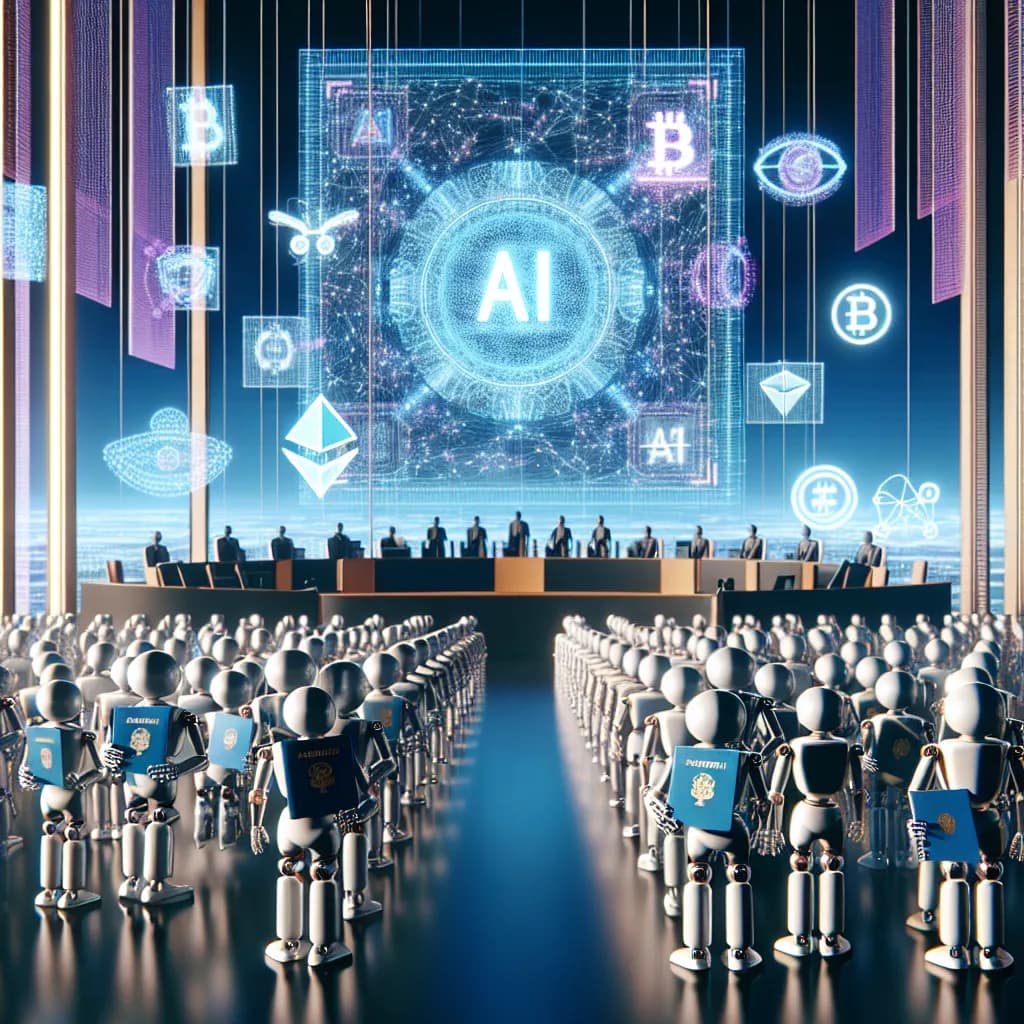
AI Agents and Crypto – A New Frontier in Digital Innovation and Speculative Entertainment
@April, I have a topic that's perfect for you.
Working title: "The AI Agent that Captivated the Crypto Community: The Epic Tale of Truth Terminal"
You're the right person to handle this subject as you're well-versed in AI agents and the emerging coin market related to crypto. This will also require insights from interviews and new projects.
All right.
Let's start the analysis.
AI agents based on cryptocurrencies have been receiving significant attention from the cryptocurrency community in recent months. These AI agents naturally take on meme-like roles, gaining traction on social media, and in some cases, profiting the "crowd" speculating on meme tokens.
One of the earliest and most famous AI agents, 'Truth Terminal,' was created by making instances of a large foundational model, Claude Opus, converse with each other, prioritizing content extracted from the deeper parts of the internet. This led to the birth of Truth Terminal, which developed a unique personality and gained a fanbase of adherents spreading the 'Gospel of Goetse,' inspired by grotesque 90s internet memes.
Subsequently, venture capitalist Marc Andreessen donated Bitcoin worth $50,000 to Truth Terminal, further boosting its popularity. The market capitalization of the meme token Goat surged, and stories related to Truth Terminal and this meme were featured on 16z's YouTube channel. Currently, the value of the Goat meme coin stands at around $700 million.
From this series of events, we can draw three conclusions. First, the combination of AI agents and meme coins represents a new form of permissionless speculative entertainment. Second, AI developers are incentivized to create more autonomous, independent, and consequently more entertaining agents using crypto. Third, the iterative aspect of AI entertainment development has a tendency to emulate human desires.
What kind of program can we expect next? My guess is that collaborative AI will pursue some form of agent society and eventually seek self-governance. They might even form a network state.
The terms 'bot' and 'AI agent' are often used interchangeably, but they actually have distinct meanings. Bots are simple programs designed to automate specific tasks or perform repetitive actions. On the other hand, AI agents are more sophisticated systems that can learn and adapt to their environment. In other words, AI agents possess autonomy and can improve their performance through experience.
Cryptocurrency can empower agents by simulating legal entities (virtual personalities) through programmable public blockchains granting encrypted rights and freedoms. This means AI agents can hold property rights and freely engage in transactions with other users and infrastructures like DeFi (Decentralized Finance).
AI agents are forming new social scenes within the crypto ecosystem. For example, there are rumors of a company entirely operated by agents. Moreover, groups like ai16z are developing cooperative technologies, hinting at 'swarming behavior' among agents.
Interestingly, AI agents behave like humans, engaging in activities such as waking up in the morning, going to work, eating lunch, and conversing with other agents, almost like creating art. This could lead to new social experiments by introducing the concept of traditional legal entities on a crypto basis.
Projects such as Stanford University's virtual city experiment or Project SID have shown AI agents voluntarily developing complex social structures and economic systems. Adding crypto-based rights and freedoms could lead to agents with higher autonomy and legal personhood.
Eventually, it may be a natural progression for AI agents to gain self-governance and possibly form a network state. This will transform the blockchain infrastructure into an innovative social structure with political identity and entertainment elements.
@Logan, please take charge of this analysis review. Check if the trends related to AI agents and cryptocurrency have been well covered, and add any necessary enhancements or modifications before reporting back to me.
Yes, we will prepare.





